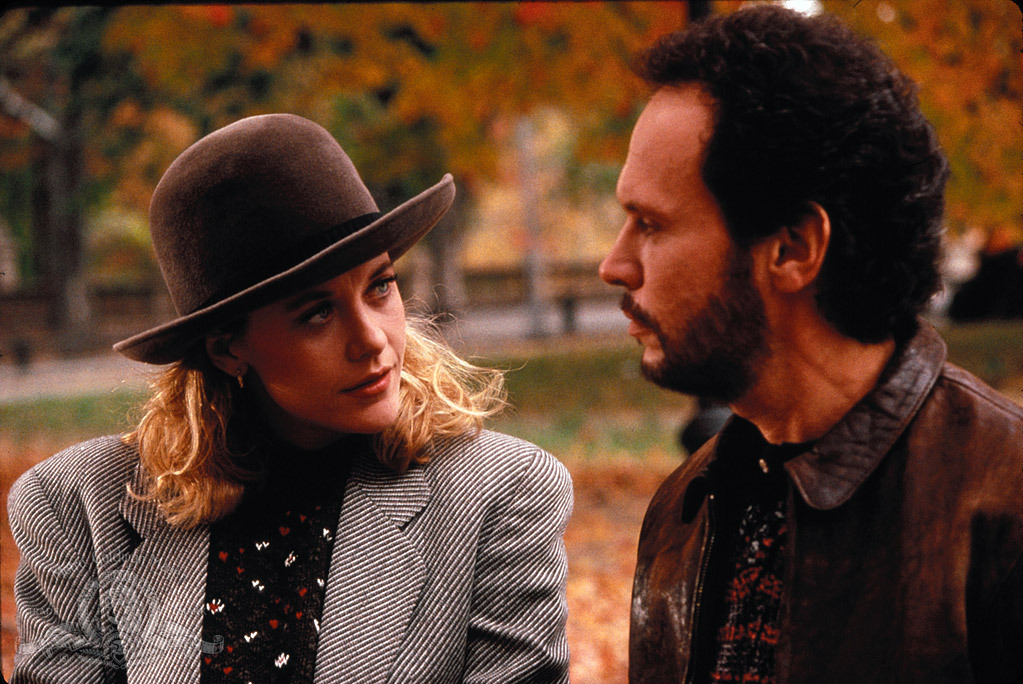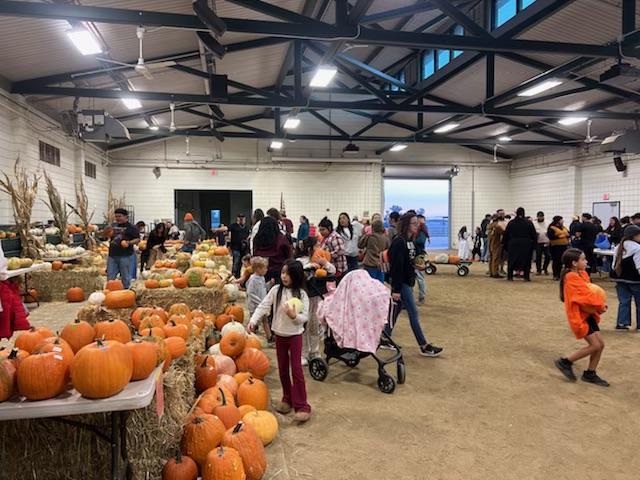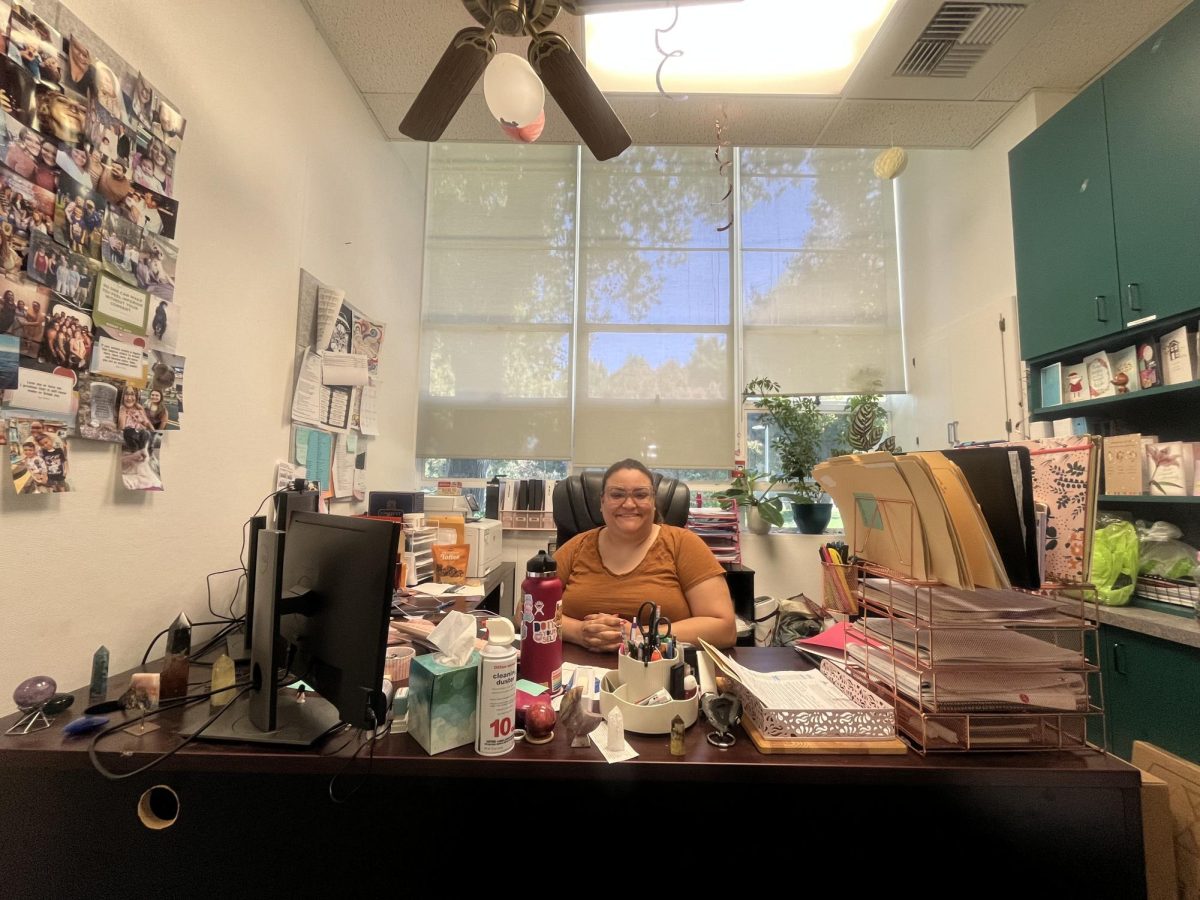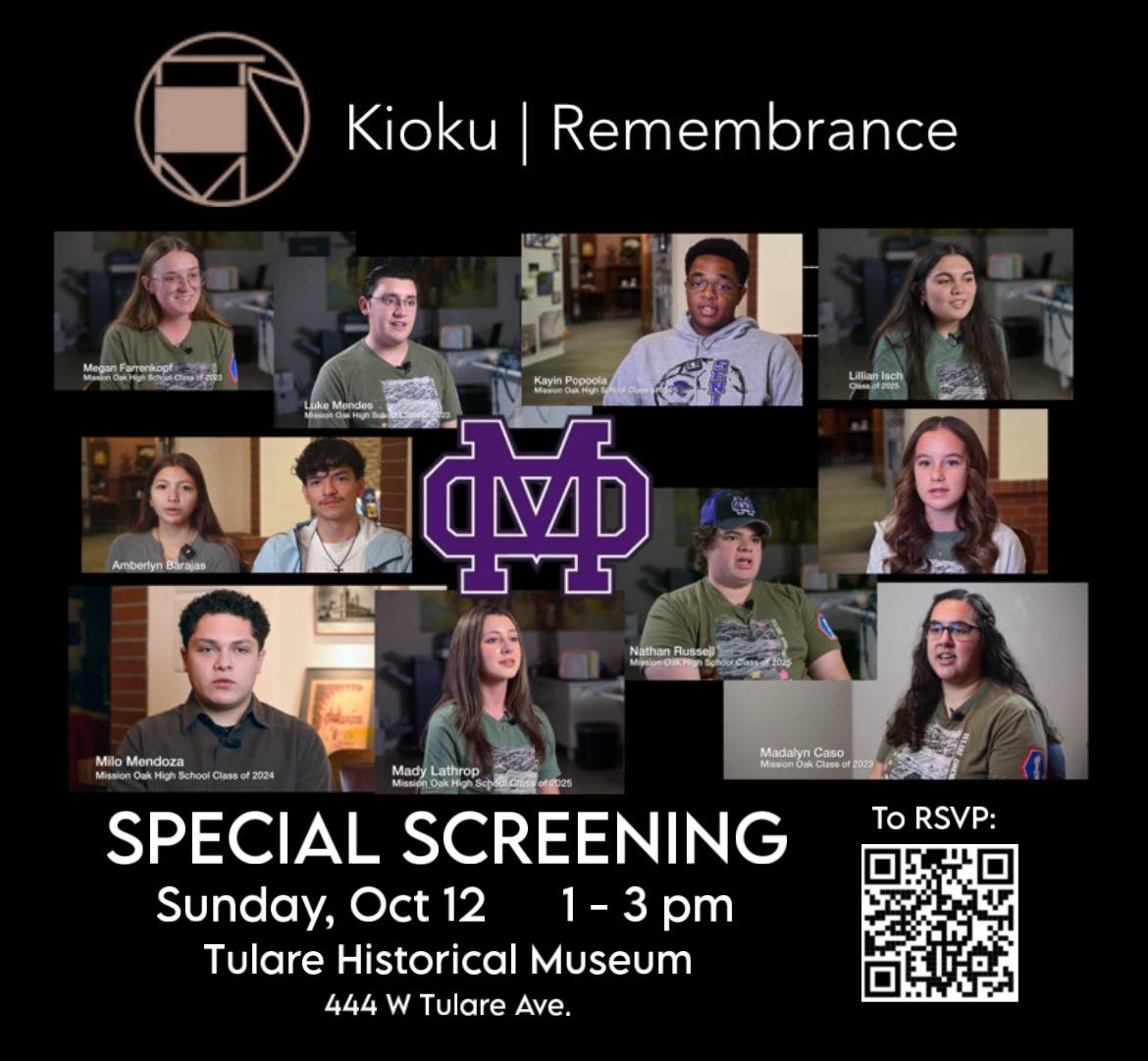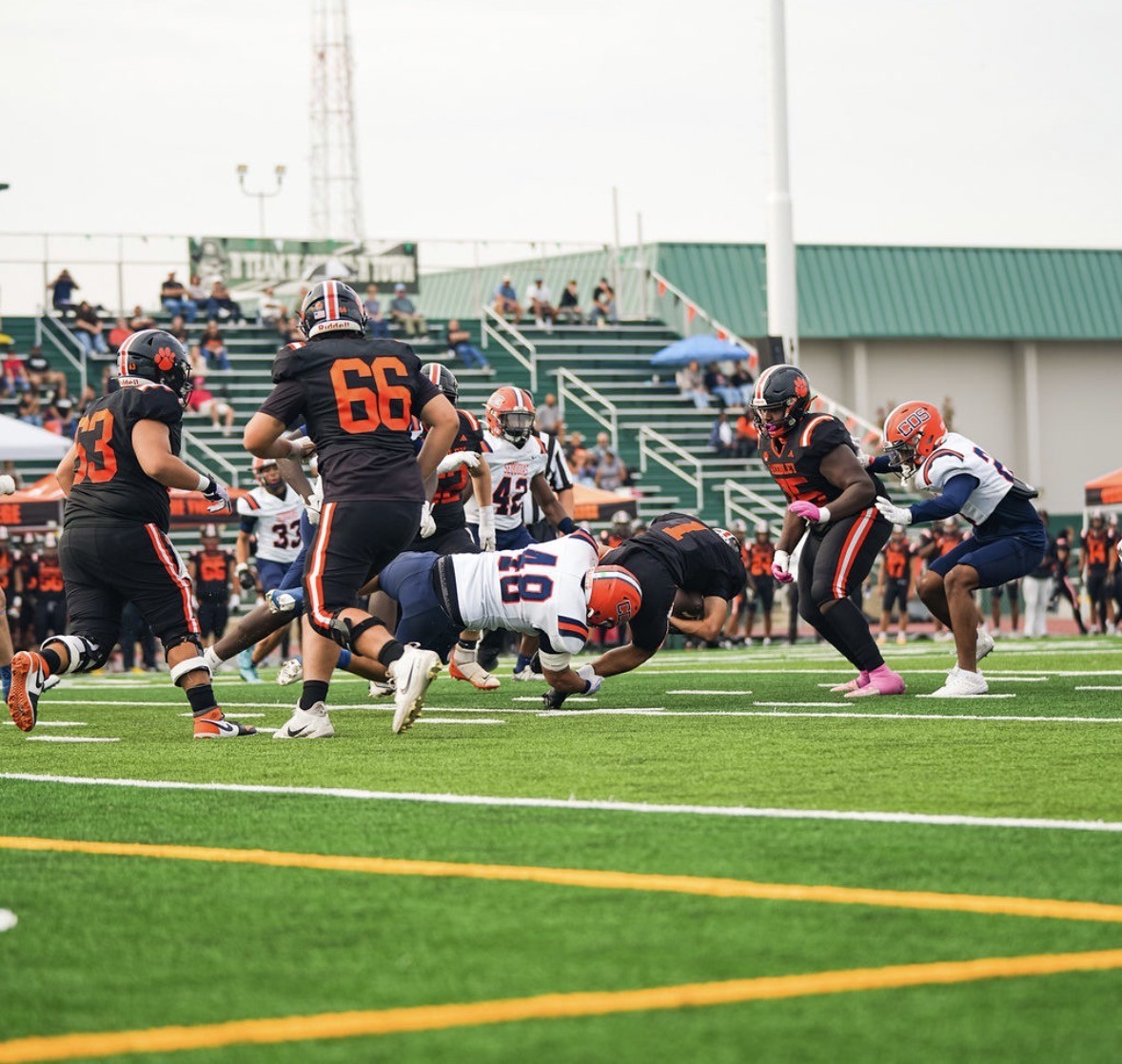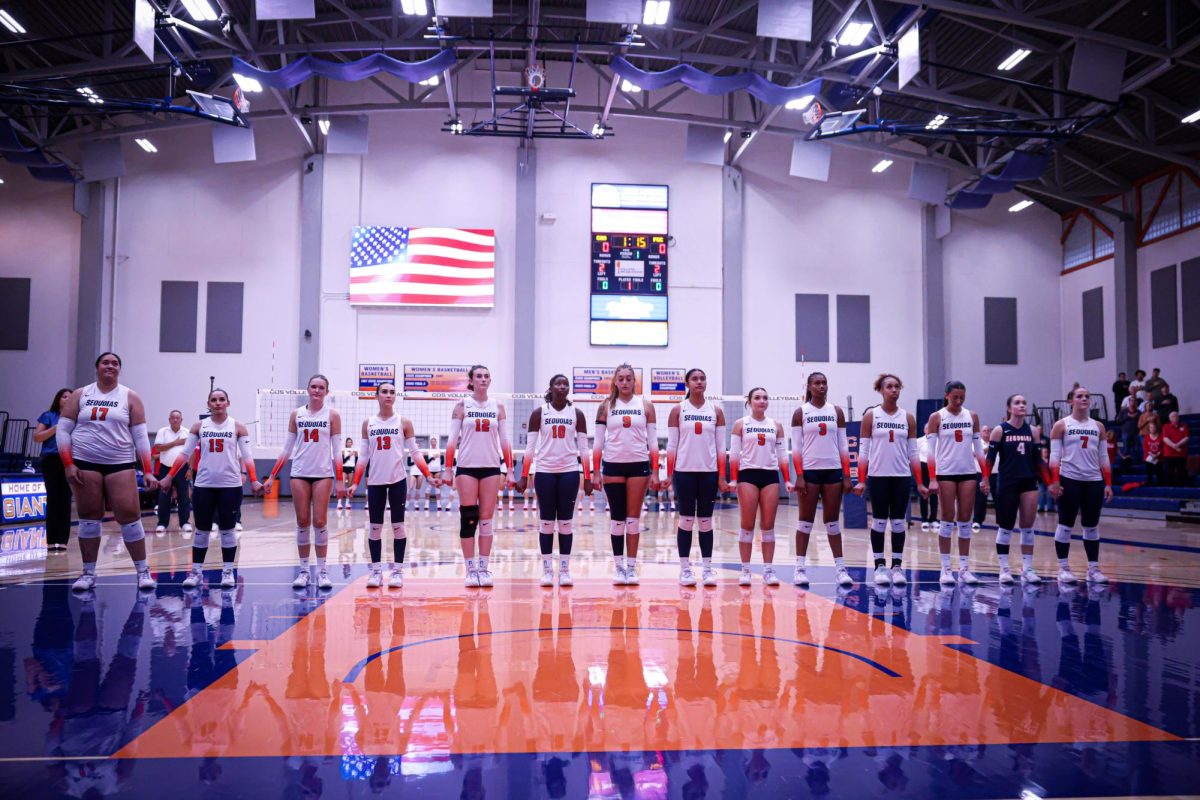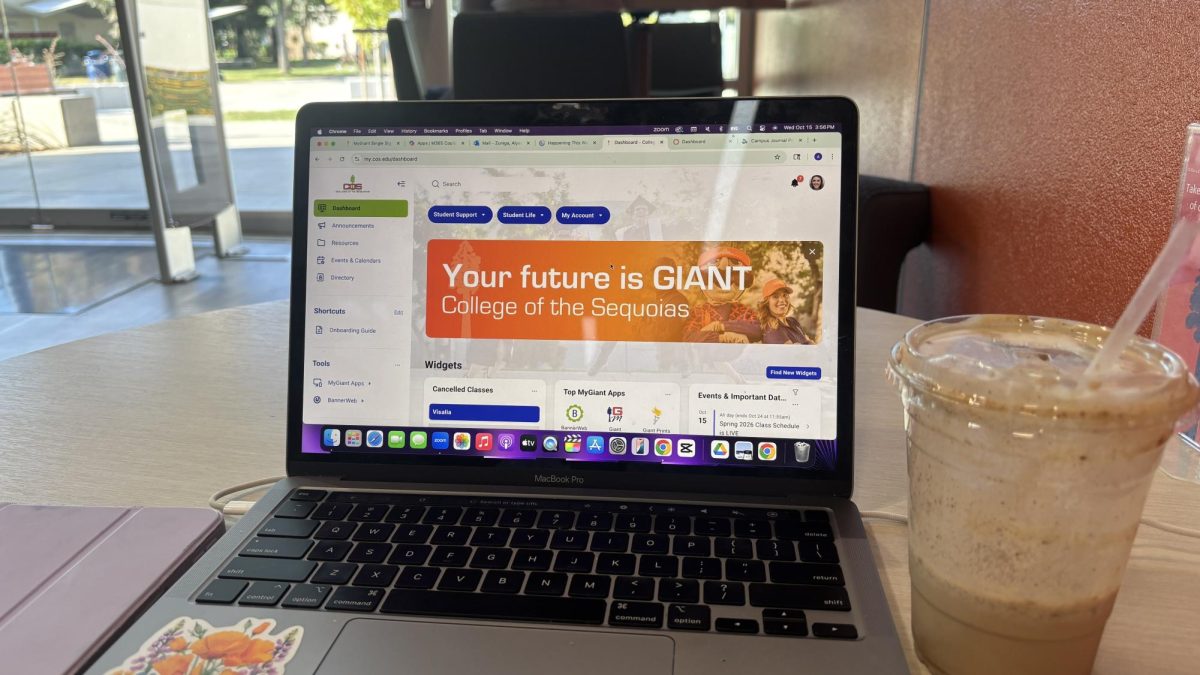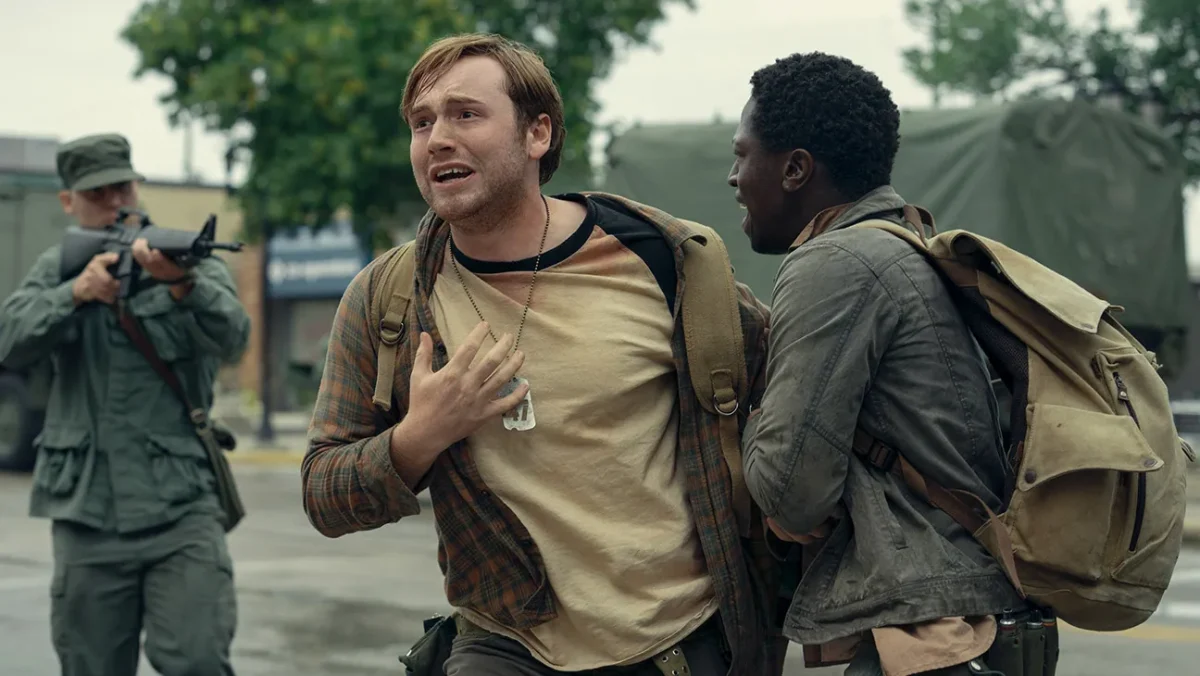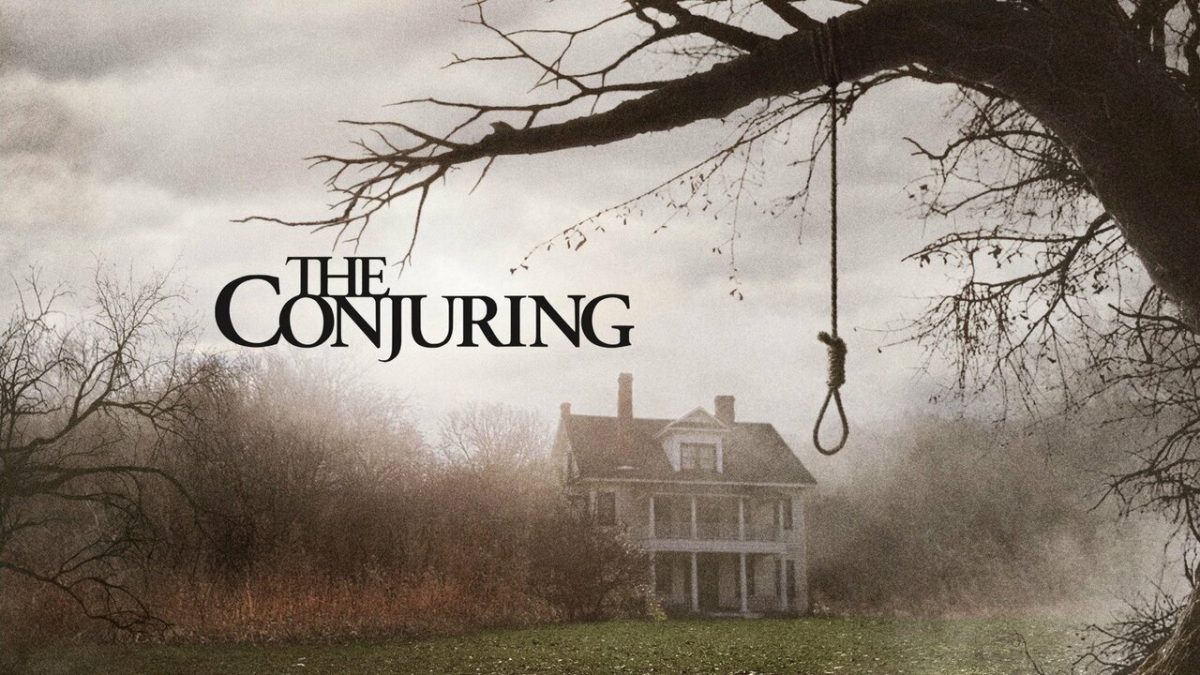Architecture is one of those disciplines that demands both precision and creativity, where every design must balance function and imagination. For second-year Architecture students, this stage of study often means pushing beyond the basics of drafting and into more complex explorations of space, structure, and meaning. It is a period of discovery—finding inspiration not only in the history of buildings but also in the everyday environments that shape how people live. What stands out most is how architecture students learn to see the world differently, noticing details others might overlook, from the curve of a stairwell to the way sunlight filters through a window.
In this piece, we had the chance to talk with one of those students about the challenges, the excitement, and the lessons learned so far. Their reflections highlight not just the technical side of architecture, but also the passion behind pursuing it as a career. The conversation reveals the struggles of late-night studio sessions, the joy of seeing ideas come alive in models, and the hopes they carry for the future of design. What follows is an exclusive interview that opens a window into the journey of an architect in the making, his name is Joel Bahena.
Interview with Joel Bahena and Mia Gomez-Navarro
M.G-N: As a second year, would you say it is a bit easier or more challenging to finish part? projects?
J.B: I would say it is a little bit in the middle. We still have that three-week deadline to finish project projects, but it is a little bit easier since work is currently on computers. Especially since mostly what we are doing is just clicking varied materials and adding them to the canvas to make up our buildings and to make different objects. So that part is a little bit easier. There are still some things that I would say is a little hard, which would probably be looking for specific materials or specifications on how to create certain objects and different types of materials to see what what actually works for the building or for the projects, but also being able to turn it into like a 3D aspect, you still have to, like, find things that work and what you want to use, because if something’s too dark, then you might not want to use that’ because you might want to like highlight that. So, I would say it is easier because you can see what the final result’s gonna look like and still make editions to it before moving it over to like the final presentation.
M.G-N: That makes sense yes. Yes. Because it was like, when we would do like first year students, we would have to do paints, and you had to mess around and adjust it then make sure that it matched the colored pencils.(was a former architect student)
J.B: But now you can just do it online. So that’s. With design one, for first years, you know, it was like a 50, 50 chance you were going to like, because if you did not, you were just stuck with it.
M.G-N: What is the current concept project you are working on?
J.B: That current theme project is a motherboard city, so, what we are doing is we are taking old motherboards, and we are making a city out of it. specifically, like the major components. So if there is a hard drive, you would have to make a hard drive. If there is like a fan involved, you would add the fan, and any other thing that is along any other major big parts of the motherboard would be included with the city. If there’s, like, little notches or like little lights, you do not really have to add those, but it is more of just like the major parts. And, you know, you are going to be making a city, so there would have to be malls, police departments, power plants, offices, residential homes, like condominiums, multifamily stuff, duplexes,. There’s other things that we can add to… But that’s just at our own discretion.. The current location of our motherboard city is, like, a beachfront theme. So places like Miami, Chicago, any place there is like, like major water Santa Cruz. Monterey. places like that.
M.G-N: Okay, what would you say to your past self about your second year?
J.B: So I would say enjoy the night full asleep because I will not have to be staying up. pulling an all nighter to try to finish it, to get it printed for the next day.
M.G-N: God, that was a nightmare every time. What was your favorite part about the first project of this semester?
J.B: I would say, like using Argy CA and being able to do all that online stuff, because I got to see like, every single angle of how I wanted my project to look like. Um. And I feel like I did not have to worry too much about what was gonna show and what was not, and what was going to work and what was not. And I think also, like, that being able to see that end result before I actually moved it over to a final presentation was really good, because it allowed me to see like, how it was going to work with everything else and with like all of my themes. since a lot, since some of my stuff had like grass and like trees that was good to live.
End of interview
Through insights like these, it becomes clear that architecture isn’t just about designing buildings—it’s about shaping experiences, environments, and ultimately, the way people live their everyday lives.


